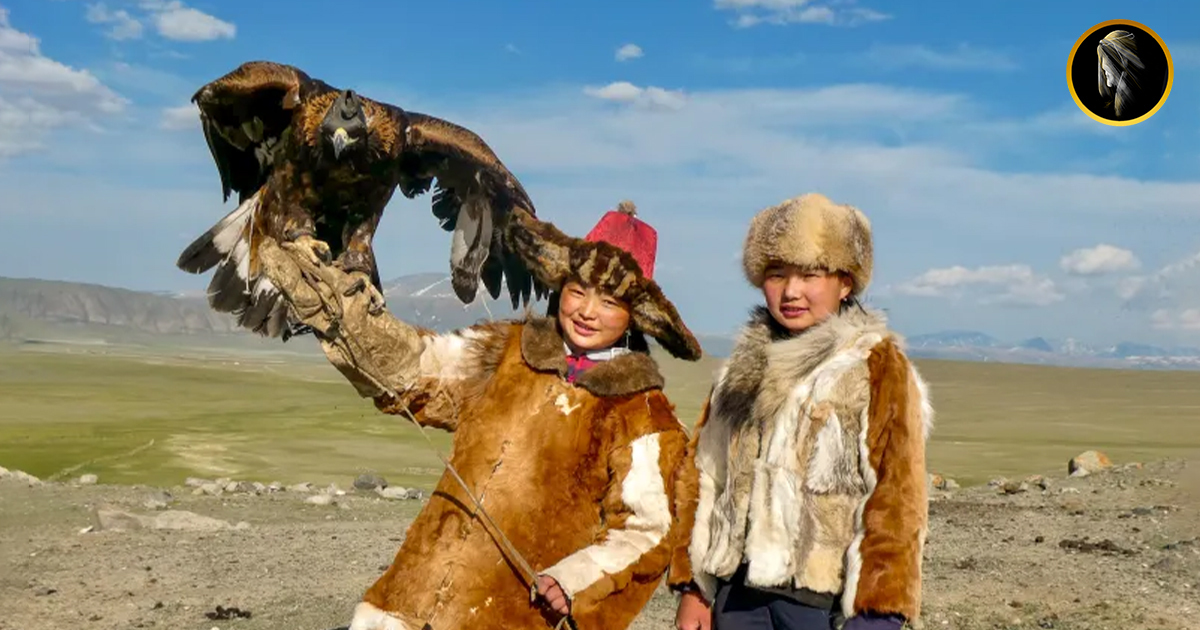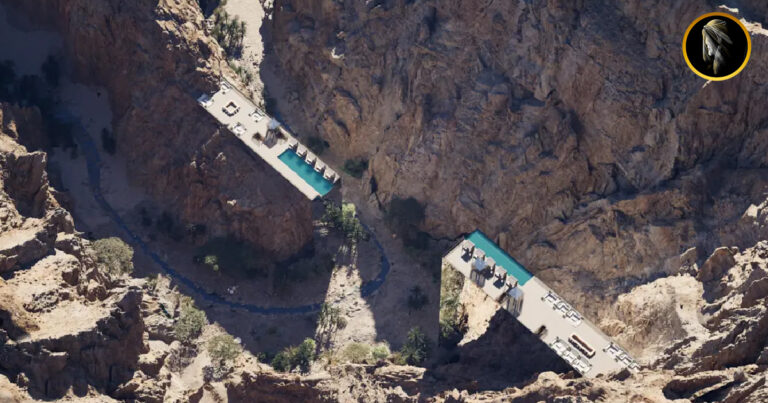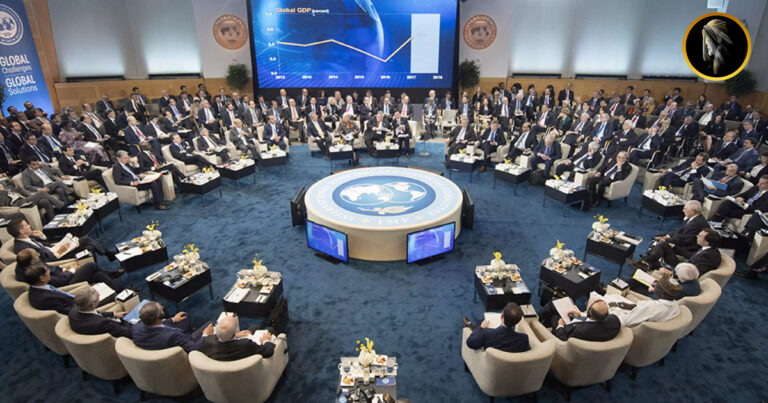In the Altai Mountains of western Mongolia, a golden eagle is perched on a wooden stand outside a family cabin. The bird, trained for hunting, is tethered with a leather cap covering its head and eyes, leaving only its beak exposed. The young woman of the family, Semser Bahitnur, is a 23-year-old mother from a Kazakh family with a tradition of eagle hunting.
Semser’s family, including her grandfather Ajken Tabysbek and father Shokhan, are renowned eagle hunters with medals and photographs decorating their cabin walls. However, Semser’s image is absent from this collection.
In 2013, Aisholpan Nurgaiv, a young Kazakh eagle huntress, gained international attention through a viral photograph and a subsequent documentary. Aisholpan’s story portrayed her as a trailblazer in a male-dominated tradition, but Kazakhs and historians argue that women have always been involved in eagle hunting.
Historian Adrienne Mayor points out that archaeology suggests eagle huntresses were common in ancient times. The tradition of eagle hunting is rooted in the Kazakh culture, where men and women were considered equal, and both hunted and fought together.
However, modern life and settled existence have led to a shift in roles between men and women. Today, women primarily manage households and take care of the family, while men often travel long distances for hunting.
Eagle hunting is a challenging and demanding pursuit, with a deep bond between the hunter and the eagle. It involves riding at high speeds on horseback with a fully grown eagle, often in freezing conditions.
In recent years, the tradition of eagle hunting has gained attention due to tourism, with eagle festivals showcasing falconry and equestrian skills. These events help preserve the tradition and provide financial support to eagle hunter families.
However, some argue that the proliferation of young girls posing as huntresses for tourists may overshadow the true history of eagle hunting by women. The tradition remains an important cultural heritage, even if it is no longer a necessity for survival.
While Aisholpan’s story contributed to the promotion of eagle hunting, it also led to misconceptions about the role of women in this tradition.









